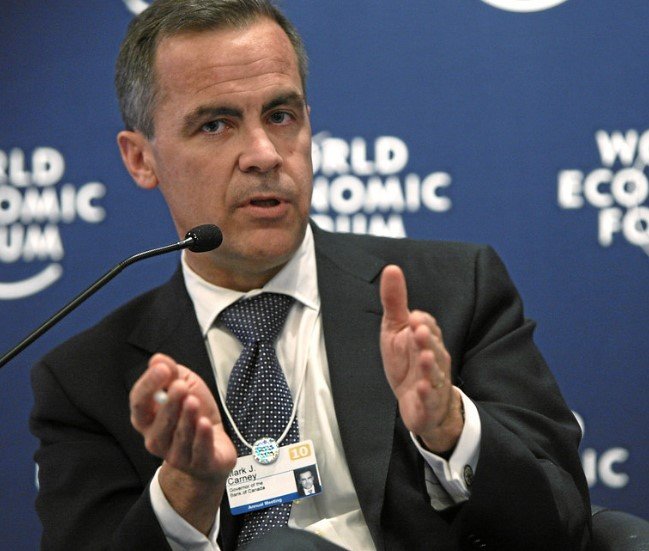As Canadians await the final results of the 2025 federal election, early projections show Prime Minister Mark Carney’s Liberal Party is on track to maintain its grip on power. However, it appears they may fall short of securing the majority government that Carney had hoped for. This would leave him in a more challenging position as he prepares for negotiations, particularly with U.S. President Donald Trump on critical issues such as tariffs.
The election, which comes after a turbulent year marked by rising food and housing prices and a spike in immigration under the leadership of former Prime Minister Justin Trudeau, is seen as a decisive moment for Carney and his party. While Trudeau stepped down earlier this year, Carney’s leadership is being tested as he looks to navigate Canada’s domestic challenges and foreign policy concerns.
Liberal Party Maintains Strong Lead
Mark Carney’s Liberal Party had entered the election as the frontrunner, with hopes of maintaining control over the House of Commons. Despite the challenging economic environment, including inflationary pressures and the uncertainty surrounding immigration policies, Carney has managed to hold his ground.
The key battlegrounds in this election were largely in urban areas, where the Liberals have historically performed well. Carney’s focus on addressing housing affordability, the environment, and Canadian relations with the U.S. seemed to resonate with voters, even as some criticized his handling of the economy. Projections indicate that the Liberals will retain a strong presence in the federal government, but without the majority control Carney had aimed for.

Conservative Party’s Pierre Poilievre Faces Setback
Meanwhile, Conservative leader Pierre Poilievre’s populist rhetoric and hardline stance on issues like immigration and economic reform failed to rally enough support to overthrow the Liberals. Despite gaining traction in certain provinces, particularly in Western Canada, Poilievre is likely to fall short of winning enough seats to form a government. His party’s losses in key urban areas seem to have significantly limited their chances of a breakthrough.
While Poilievre remains a vocal figure in Canadian politics, his inability to build a broad enough coalition of voters to challenge Carney’s Liberals highlights the challenges facing the Conservative Party. Their populist approach, appealing to working-class voters, was not enough to overcome the Liberals’ more centrist platform.
NDP’s Jagmeet Singh Announces His Departure
The New Democratic Party (NDP) also saw disappointing results in the election. NDP leader Jagmeet Singh has announced he will step down as the party leader after a dismal showing. Singh had led the party in several recent elections, but his inability to make significant gains in this highly competitive race has led to his decision to step aside.
Reports suggest that Singh will remain in place until an interim leader is named, but his departure signals a shift for the party, which has struggled to find its footing in the national political conversation. Despite his charismatic leadership, Singh was unable to galvanize the left-wing base in the face of Carney’s more moderate approach.
Key Issues Shaping the Election Outcome
The 2025 election was largely shaped by the ongoing economic strain, especially concerning housing prices and food inflation. Voters, particularly in urban centers, were keen to see how each party planned to tackle these issues. Carney’s commitment to addressing affordability has been central to his campaign, but many Canadians remain frustrated with the slow pace of change.
Foreign policy, too, played a role, especially the continued tensions between Canada and the U.S. over trade agreements and tariffs. Carney’s position as a former central banker gave him some credibility in managing economic relations with President Trump, but the question remains: will he be able to deliver on his promises, or will his inability to secure a majority government make negotiations more difficult?
What Lies Ahead for Canadian Politics
As the results continue to unfold, the biggest question is whether Carney will be able to negotiate effectively in the coming months without a majority. Without the ability to pass legislation unilaterally, his government could face significant challenges in implementing its agenda. For now, the Liberal leader is projected to retain power, but much depends on the final seat count.
While Carney’s Liberals may still hold the upper hand, the Conservative Party’s success in securing some key seats, combined with Singh’s impending departure, signals a shifting dynamic in Canadian politics. With the NDP on the backfoot, and the Conservatives ready to regroup under Poilievre’s leadership, the political landscape could shift dramatically in the coming years.
